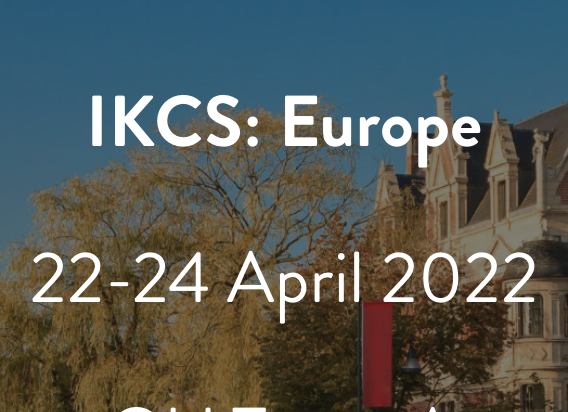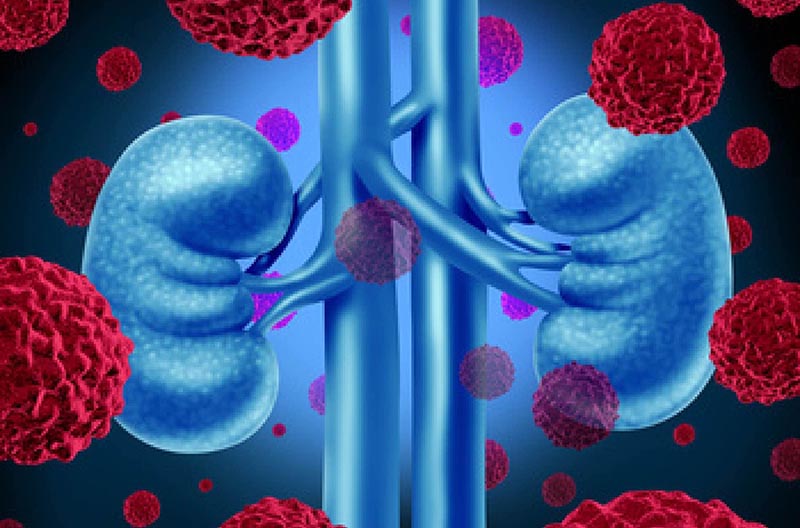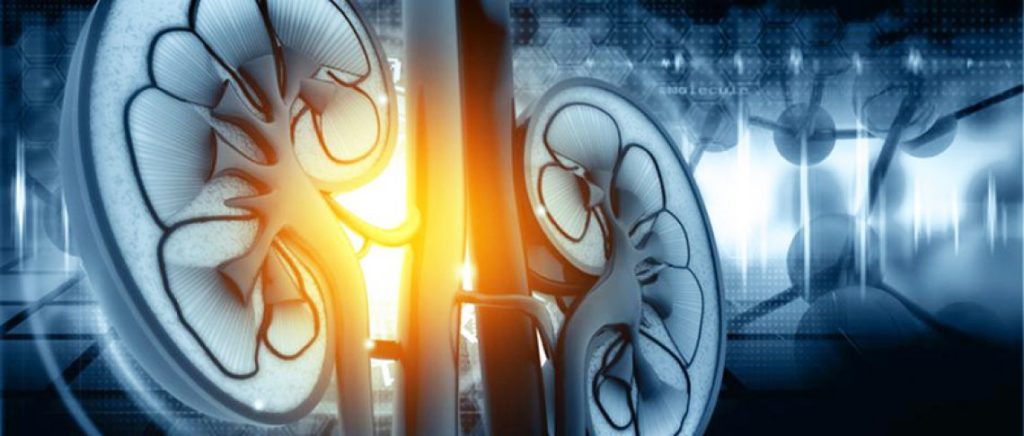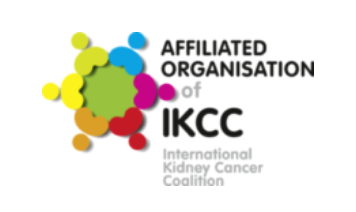Share this Page:
At the European International Kidney Cancer Symposium (EIKCS) in Antwerp, Belgium at the weekend, there was a very interesting session on the treatment of patients with non-clear cell kidney cancer subtypes, including translocation, chromophobe, collecting duct, and papillary renal cell carcinoma (RCC).
Translocation renal cell carcinoma
This presentation discussed the treatments for patients with MiT family translocation renal cell carcinoma (RCC). Translation RCC is a mixed (heterogeneous) disease with many parts to the tumour that respond to different treatments. However, translocation RCC does not respond well to immunotherapy. More clinical trials are needed to find an effective treatment, possibly a combination of immunotherapy and a tyrosine kinase inhibitor (TKI), particularly cabozantinib.
Chromophobe renal cell carcinoma
This presentation discussed the treatments for patients with chromophobe renal cell carcinoma (RCC). The presentation focused on the finding that chromophobe RCC tumours lack a protein called cysteine that causes a type of cell death that is dependent on iron (ferroptosis) in these tumours. The presentation concluded that chromophobe RCC is sensitive to low amounts of cysteine, and this might be a potential new treatment approach for these tumours.
Collecting duct and renal medullary carcinoma
In this presentation treatments for collecting duct and renal medullary carcinoma were discussed. Collecting duct carcinoma is a rare cancer (1-3% of all kidney cancer). It forms in the cells that line the ducts that collect urine in the kidneys. Genetic profiling has shown that collecting duct carcinoma appears to be unique, and different from renal cell carcinoma (RCC) and urothelial cancer. Because it is a rare cancer, there are very few clinical trials and treatment is limited since patients with this cancer are typically excluded from large randomised controlled trials.
Renal medullary carcinoma is an extremely rare cancer (accounting for 0.1% of all kidney cancers), with a very poor outlook and an average survival of 4 to 5 months. This condition was first found in young patients with sickle cell disease. Current treatments include platinum-based chemotherapy, although there is very little evidence for this treatment. As with collecting duct carcinoma, the genetic changes in renal medullary carcinoma differ from clear cell RCC, and traditional kidney cancer treatments (targeted therapies and immunotherapies) are not very successful. However, these tumours may have mutations, which may lead to potential treatments.
It was suggested that cabozantinib be considered for collecting duct carcinoma and platinum-based chemotherapy for both cancers. However, there is little evidence that these treatments will be successful and there are few treatment options for patients with these aggressive tumours.
Papillary renal cell carcinoma
Immunotherapy is now the new standard of care for kidney cancer, and has been looked at in papillary renal cell carcinoma (RCC). Pembrolizumab has shown promising effectiveness, as has the combination of ipilimumab with nivolumab. Combinations of immunotherapy with tyrosine kinase inhibitors (nivolumab plus cabozantinib) have also been looked at in advanced papillary (RCC). The guidelines for patients with papillary RCC are changing and there are new treatment approaches currently being tested which will continue to change the treatment pathway.














